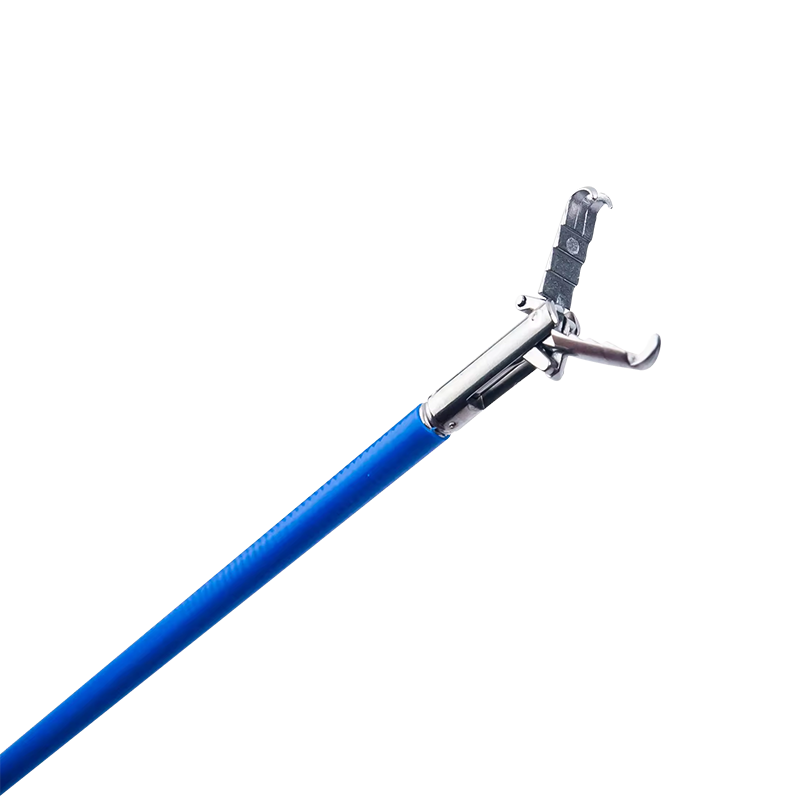The Mechanics Behind Minimally Invasive Surgical Instruments At the heart of minimally invasive surgery lies a set of finely engineered instruments that allow surgeons to access internal areas of the body with minimal disruption. These instruments are typically inserted through small incisions made in the skin. They may be connected to a video camera, allowing the surgeon to view the surgical site on a monitor in real-time.
The common elements of minimally invasive instruments include:
Small, specialized tips: These tools often have specialized tips for cutting, dissecting, or cauterizing tissue with precision.
Flexible shafts: Many of these instruments are equipped with flexible shafts, which can be maneuvered around organs and tissues without causing significant damage.
Miniature cameras and lights: These provide high-definition visuals to guide the surgeon throughout the procedure.
Improved Precision and Control One of the key advantages of minimally invasive surgical instruments is the enhanced precision they offer. The small size and lightweight design of these instruments give surgeons better control over the procedure, allowing for more accurate incisions and tissue manipulation. Surgeons can operate with more confidence, knowing that the risk of accidental damage to surrounding tissues is reduced.

Furthermore, with technologies such as robotic surgery, surgeons can perform procedures with incredible accuracy. Robotic systems, equipped with minimally invasive tools, allow surgeons to control the instruments remotely with high precision, providing greater dexterity and an ability to make minute adjustments in real-time.
Patient-Centered Benefits While the technical aspects of minimally invasive surgery are crucial, the most significant benefits are for the patients. The smaller incisions lead to less pain, reduced scarring, and a faster recovery time. With traditional surgery, patients would often require several days or weeks in the hospital. However, with minimally invasive surgery, many patients can go home on the same day or within a few days of the procedure.
Additionally, these types of surgeries carry fewer risks overall. The smaller incisions mean a lower chance of infection, and the precision of the instruments helps to minimize the likelihood of complications during or after surgery.
Advancements in Imaging and Visualization The development of advanced imaging technologies, such as 3D imaging, has also improved the capabilities of minimally invasive surgical instruments. High-definition cameras provide a detailed view of the surgical area, allowing the surgeon to operate with better visibility. Real-time visualization technologies like augmented reality (AR) are increasingly being integrated into surgical systems, providing even more precise guidance during surgery.

 English
English عربى
عربى Español
Español







